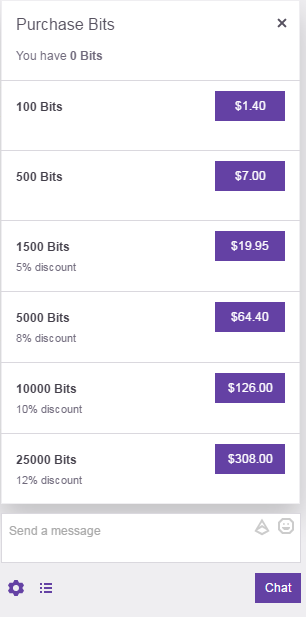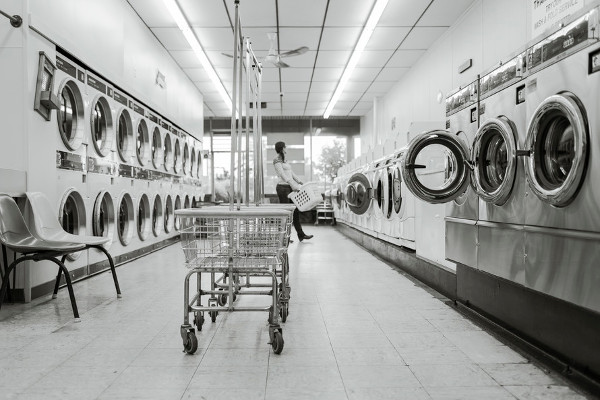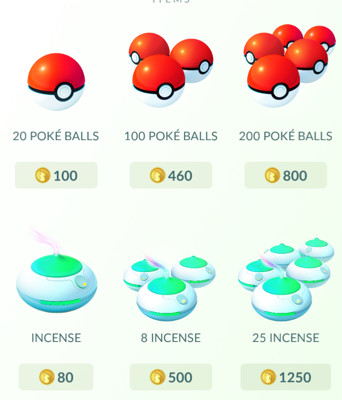Twitch.tv, as most of you probably know, is a website where you can go to watch people stream video of themselves playing games. It’s a big deal. Twitch has long allowed donations and subscriptions as a means of financial support for specific streamers. Recently, though, they added another support options in the form of “cheers” that allow you to flick small amounts of money at a streamer according to your whims and fancies.
Here’s how it works: you go to the Twitch website and purchase “bits” that are stored in your account. Getting 100 bits currently costs $1.40 while 25,000 bits cost $308.1 During a stream, you can type in “Cheer50” or “Cheer100” to donate 50 or 100 bits to the streamer, which is accompanied by a fancy little emote in the chat. These bits eventually get converted to real money for the streamer.

Twitch’s menu for purchasing “bits.”
This is cool on the face of it, because it’s great to have more options to support streamers you like. So thumbs up. But there ARE some psychological tricks that Twitch has baked into the whole bit/cheer system that you may want to know about. There are at least two reasons why this system might make you pay more than you realize or intend to.
The first is related to the fact that you have to buy bits in bulk ahead of time and then spend them piecemeal. Back in 1998, Drazen Prelec and George Lowenstein published an important paper where they proposed a thoeory about how people experience the displeasure of paying for something.2 Paying money for something causes displeasure or pain. If our expected pleasure from the purchase outweighs the pain, then no problem. But if it doesn’t, then we’re less likely to make the purchase. One way that retailers have figured out to reduce the perceived pain of a purchase is to disconnect thoughts about the payment from thoughts about the purchase.
Credit cards. Gift cards. Refillable store cards. These all place a temporal buffer between the pleasure of the thing bought and the pain of the purchase. The pain has already taken place so when the time comes to spend the credit you bought, you don’t experience it and thus are more likely to spend more. Research shows that we tend to think of it as a separate transaction that causes less mental displeasure and perceptions of cost.

For example, in one clever study a researcher from the University of Toronto spied on people who were going to wash their clothes at a public laundromat.3 If you’re feeling the bite of every quarter fed into the washing machine, a good way to reduce the cost is to combine loads of dark and light clothes so you pay for fewer loads. If you’re less concerned with the cost, you might opt to take better care of your light colored clothes and pay more to wash them separately.
The clever part of the experiment was that the researcher timed it so that about half of the people observed visited before the laundromat moved from coin-operated machines to a system that required customers to buy several dollars woth of credit at a time on a reusable card. Relative to those who paid cash every time they did a load, those who used prepaid credit tended to do more loads of wash and pay more as a result. Because the payment for the credit was decoupled from the purchase of laundry loads. Same thing with purchasing Twitch’s bits in bulk.
The second psychological phenomena at work in the Twitch bits/cheers system is called “transparency.” Consumer psychologists have long known that another way to reduce the pain of purchases is to make it more difficult for you to think about exactly how much you’re playing. That is, to make the transaction less transparent. Cash is highly transparent in that you know exactly how much of it you’re giving up in the transaction. Checks and credit are less transparent because we don’t tend to think as much about the money they represent and we’re likely to spend more.4

So if 100 Poke Balls cost 460 coins, and 550 coins cost $4.99, then…
But things like in-game currency are the least transparent at all. Even setting aside the temporal decoupling of the cost with the purchase, how much did those 20 bits you just gave out to the streamer cost you? Well, let’s see you paid $7 for 500 bits, there’s 100 cents to the dollar, so wait do I divide 500 by 700 or 700 by 500 ah you know what forget about it. Even if the mental effort required to do the math isn’t huge, it’s well known that our minds prefer to avoid it. This is one big benefit (for Twitch) to not having a simple “1 bit = 1 cent” exchange rate. 5
So by all means, support your favorite streamers (and your favorite bloggers, ahem) if you are able and think they deserve it. But do it on your own terms.



Vox recently did a video on this subject, it might be nice to watch in addition to this article : https://www.youtube.com/watch?v=fKK9nVLvhGM